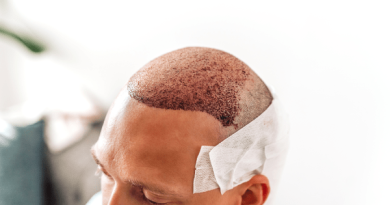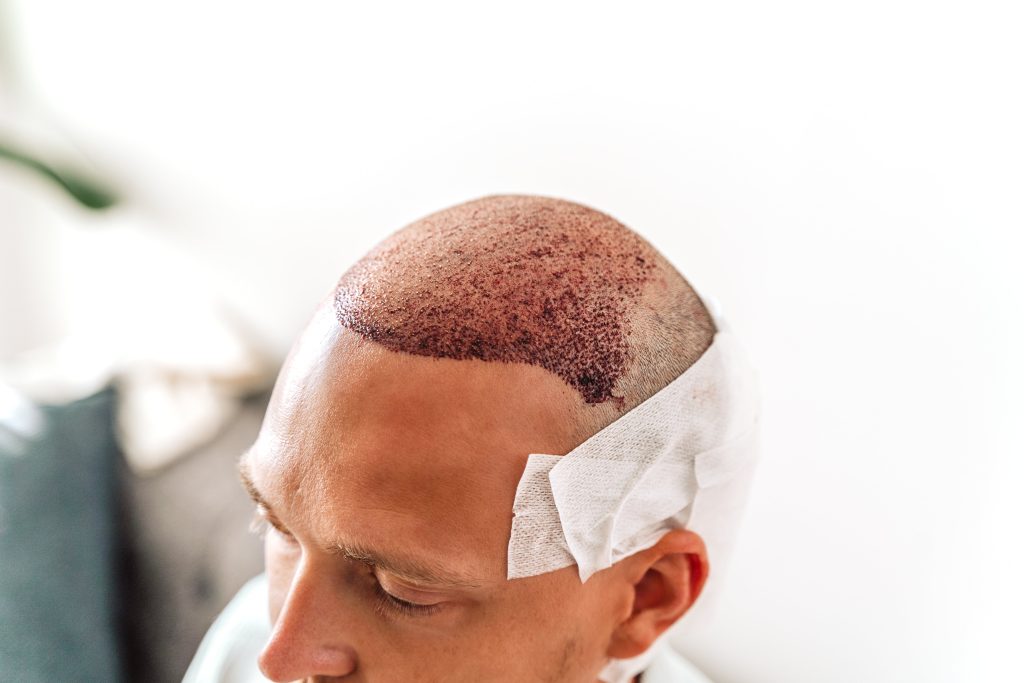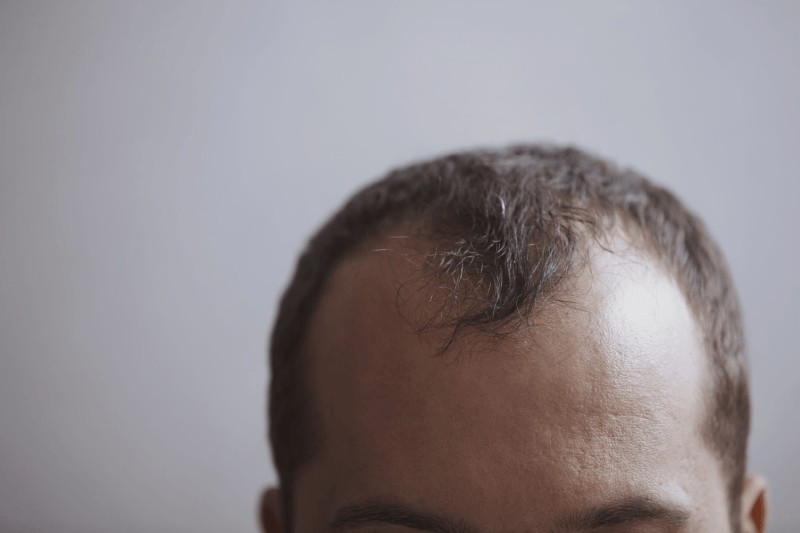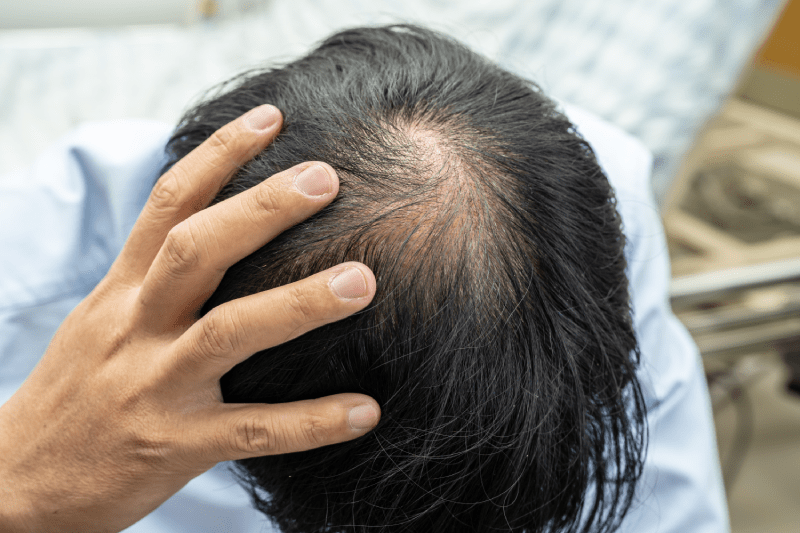Unlock the Secrets of the Bes Hair Transplant Guide
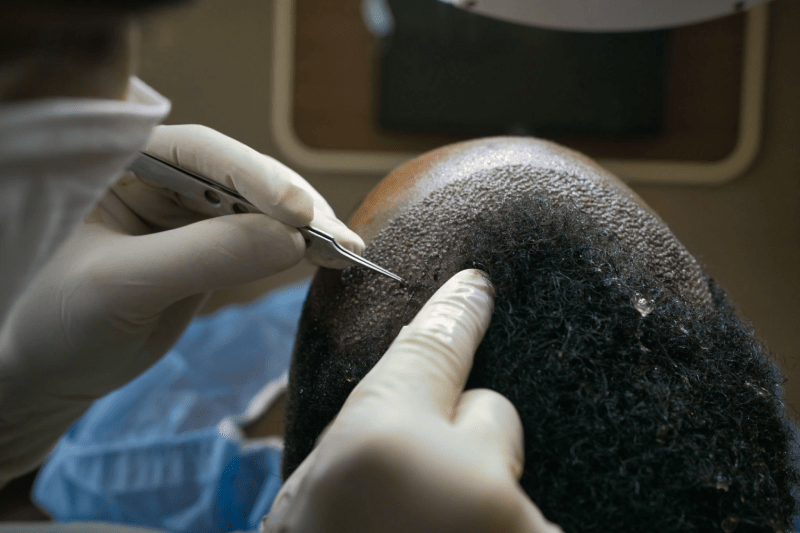
If you’re tired of battling hair loss and are ready to take action, you’ve come to the right place. In this comprehensive Bes Hair Transplant guide, we’ll walk you through all the crucial information and insider tips to help you achieve the luscious locks you’ve always desired. So, sit back, relax, and get ready for a deep dive into the world of hair transplantation!
The Bes Hair Transplant Guide: What You Need to Know
Before we jump into the nitty-gritty, let’s get a bird’s eye view of what this guide entails.
Bes Hair Transplant guide: Basics
- Hair transplant methods
- Candidacy for a transplant
- Prepping for the procedure
- Post-op care
Advanced Techniques
- Robotic hair transplantation
- Regenerative medicine
Insider Tips
- Choosing the right surgeon
- Cost-saving tricks
- Ensuring natural results
Hair Transplant Methods
FUT: The Traditional Route
Follicular Unit Transplantation (FUT) is the old-school method for hair transplantation. In this technique, a strip of hair-bearing skin is removed from the back of the head and dissected into individual hair grafts. These grafts are then implanted into the balding area. Although FUT is generally more affordable, it leaves a linear scar and has a longer recovery time.
FUE: The Modern Approach
Follicular Unit Extraction (FUE) is the contemporary method for hair transplantation. Unlike FUT, FUE involves the extraction of individual hair follicles and their implantation into the recipient area. This technique is less invasive, leaves minimal scarring, and boasts a quicker recovery time.
Candidacy for a Hair Transplant
Criteria to Consider
- Age
- Degree of hair loss
- Hair type
- Donor hair availability
- General health
Exceptions to the Rule
Some individuals might not be ideal candidates for a hair transplant. These exceptions include those with diffuse hair loss, a lack of sufficient donor hair, or underlying medical conditions.
Prepping for the Procedure
Do Your Homework
- Research surgeons
- Consult with experts
- Understand the risks
Pre-Op To-Do List
- Quit smoking
- Avoid certain medications
- Follow dietary guidelines
Post-Op Care
The First 48 Hours
- Sleep with your head elevated
- Avoid strenuous activity
- Keep the area clean
The Road to Recovery
- Follow your surgeon’s instructions
- Stay patient
- Embrace the journey
Advanced Techniques
Robotic Hair Transplantation
Welcome to the future of hair transplantation! Robotic hair transplantation uses advanced technology to improve the precision and efficiency of the FUE procedure. With reduced human error, the results are often more consistent and natural-looking.
Regenerative Medicine
Regenerative medicine offers cutting-edge treatments that harness the body’s natural healing processes to improve hair transplant results. Techniques such as Platelet-Rich Plasma (PRP) therapy and stem cell injections can stimulate hair growth and enhance the overall outcome.
Insider Tips
Choosing the Right Surgeon
The success of your hair transplant largely depends on your surgeon’s skill and expertise. Look for board-certified surgeons with extensive experience and positive patient testimonials.
Cost-Saving Tricks
Hair transplants can be pricey, but there are ways to save some dough. Consider traveling to more affordable destinations or taking advantage of promotional offers.
Ensuring Natural
Results A natural-looking hair transplant is the ultimate goal. To achieve this, be sure to discuss your expectations with your surgeon, and don’t hesitate to ask for before-and-after photos of their work.
FAQs
1. How long does a hair transplant last?
A hair transplant is a permanent solution to hair loss. Once transplanted, the hair follicles should continue to grow for a lifetime.
2. How much does a hair transplant cost?
The cost of a hair transplant varies depending on the surgeon, technique used, and the extent of the procedure. On average, it can range from $4,000 to $15,000.
3. Is a hair transplant painful?
Most patients report minimal discomfort during the procedure, as local anesthesia is used to numb the area. Post-op pain can be managed with prescribed painkillers.
4. When will I see the results of my hair transplant?
Initial hair growth is typically seen within 3-4 months, but the final results can take up to a year to be fully visible.
5. Can I undergo a hair transplant if I have gray hair?
Yes, hair transplants can be performed on individuals with gray hair. The color of the hair does not impact the success of the procedure.
6. How do I maintain my hair after a transplant?
Maintaining your hair after a transplant is relatively simple. Follow your surgeon’s post-op instructions, and adopt a healthy lifestyle to promote optimal hair growth.
Conclusion
The Bes Hair Transplant guide is your go-to resource for navigating the complex world of hair restoration. Armed with this knowledge, you’ll be well on your way to making an informed decision about your hair transplant journey. Remember to consult with a qualified surgeon, do your research, and be patient with the process. Your dream of a fuller, more youthful head of hair is just around the corner.
